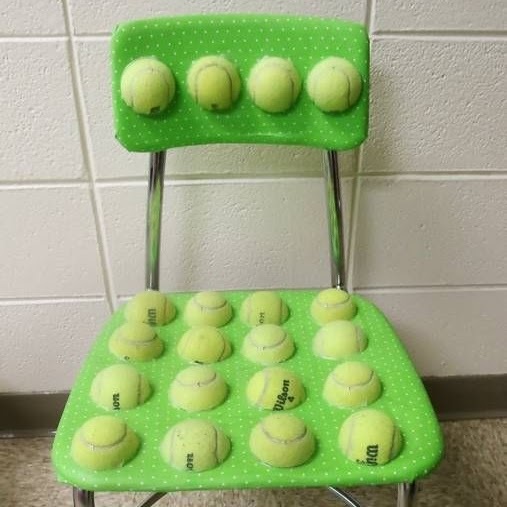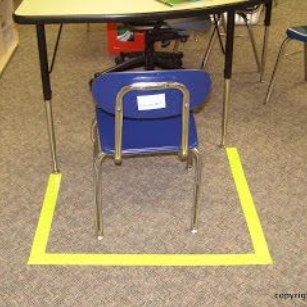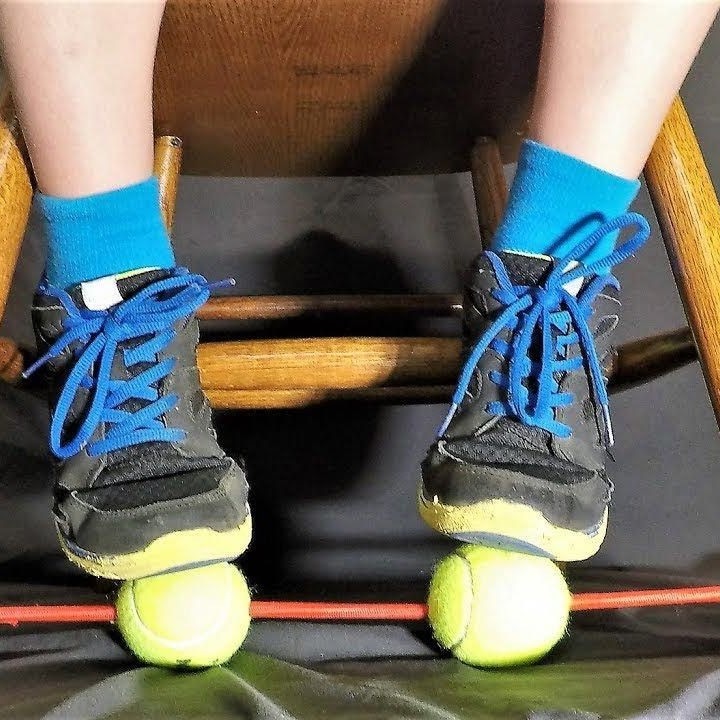Alternative Seating
Determining the Need
Points to Consider
For the student:
- Does your student have low or high muscle tone?
- Does the student tend to be a sensory seeker or sensory avoider?
- Does the student gravitate towards a particular seat, rug, or cushion in the environment?
Environment:
- Are there universal supports available in the environment (program, classroom, building, district) that can first be trialed with the student to determine the need?
- Consult with your school occupational therapist or physical therapist for further guidance.
Task:
- What is the student currently expected to complete in the classroom while seated that they can not currently accomplish?
- What activities is the student more or less engaged with during the day?
Tool:
- Preliminary features to consider when selecting tools: comfort, movement in place, compression, stability, size of student and tool, and arrangement of environment.
- What types of training might be required for this student or team members when determining a tool?
- Trial new tools from the AT Lending Library, based on the identification of priority tasks and activities.
Inclusive Supports
The items highlighted below are only just a few of the items or accommodations that may be readily accessible or easily put in place in your student's learning environment. Data gathered from using universal/inclusive supports can lead to purposeful and individualized learning accommodations.



Lending Library
Search our AT Trial Lending Library for Alternative Seating solutions. Use the search term "atseating" for best results.





